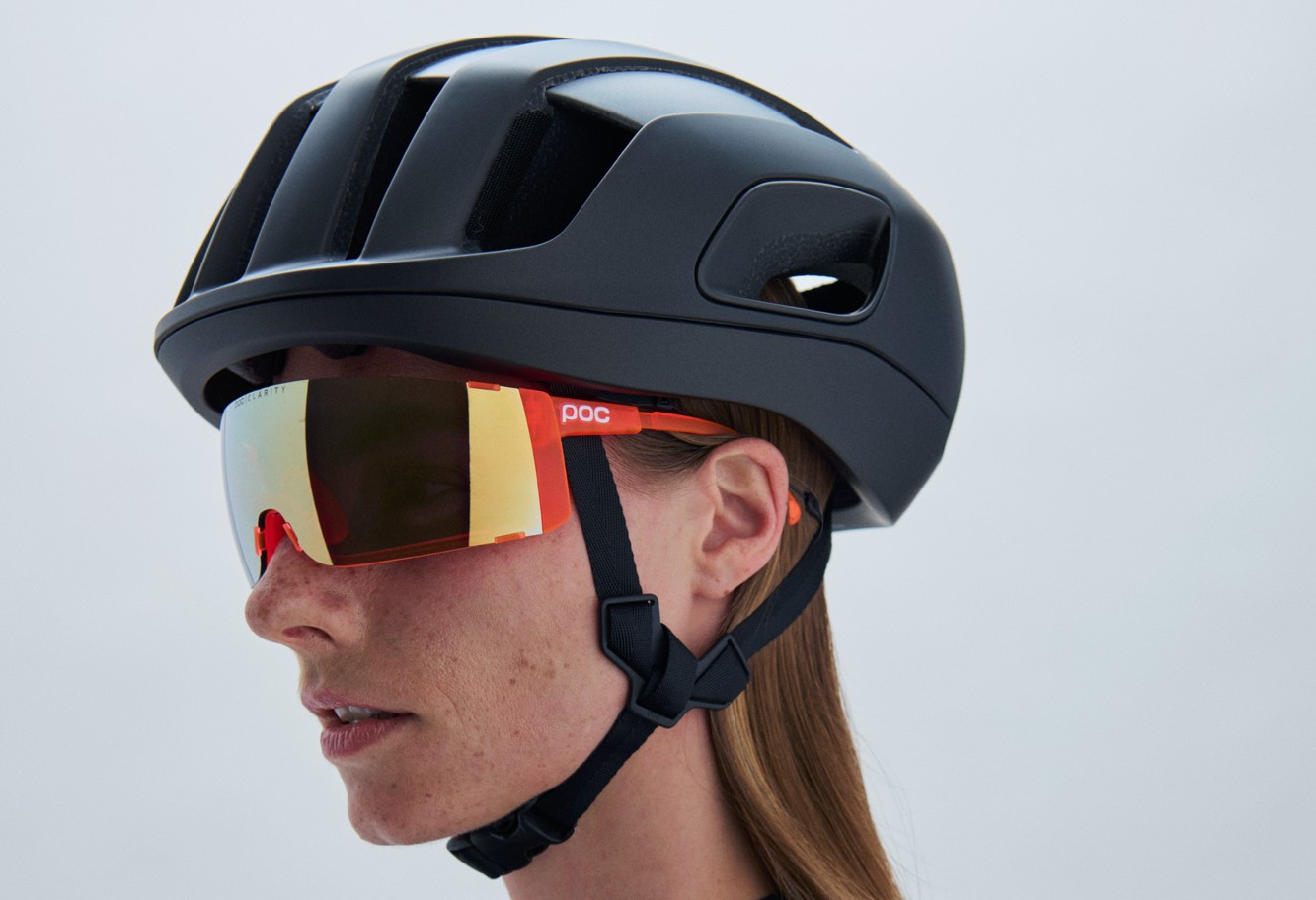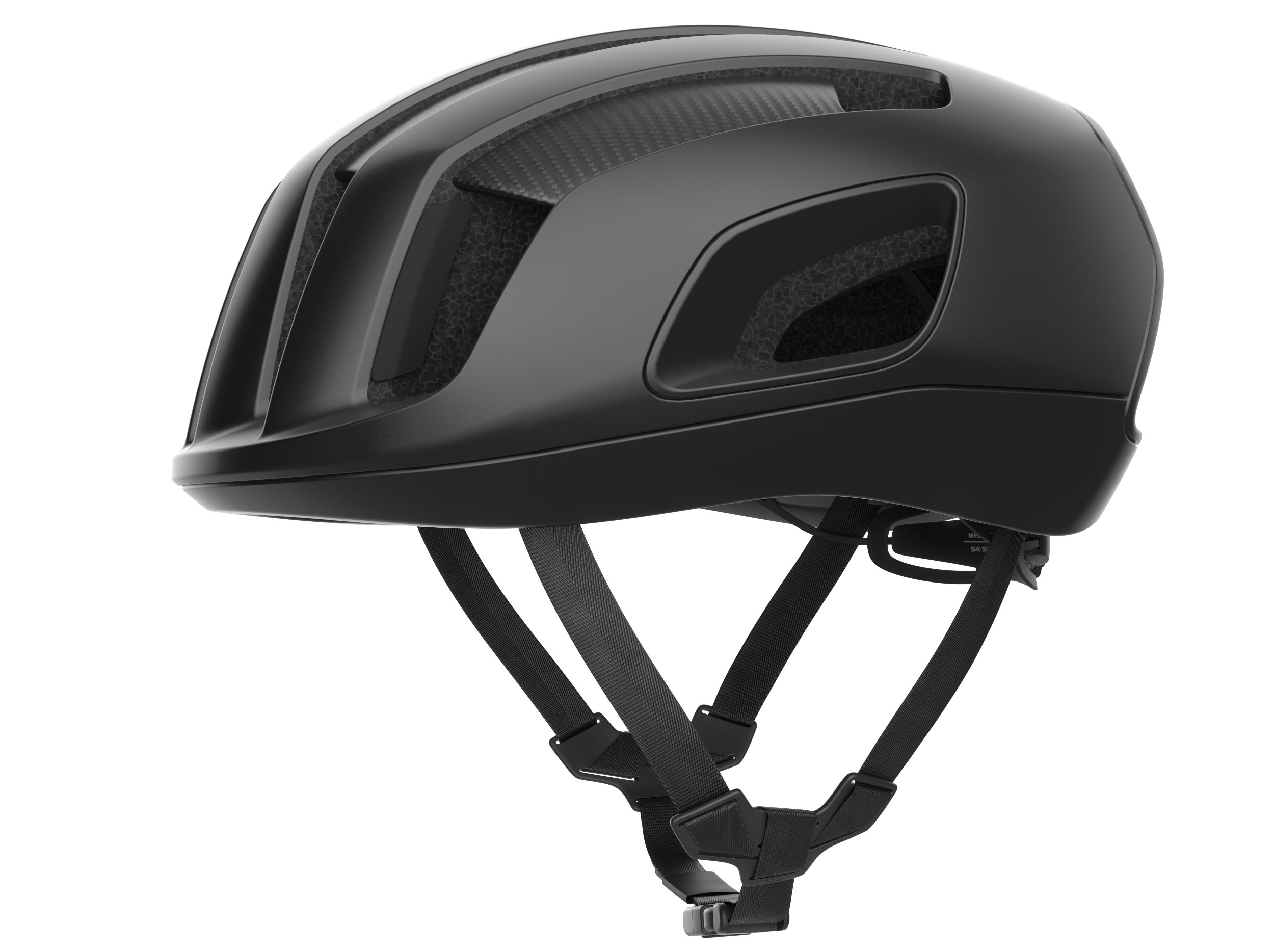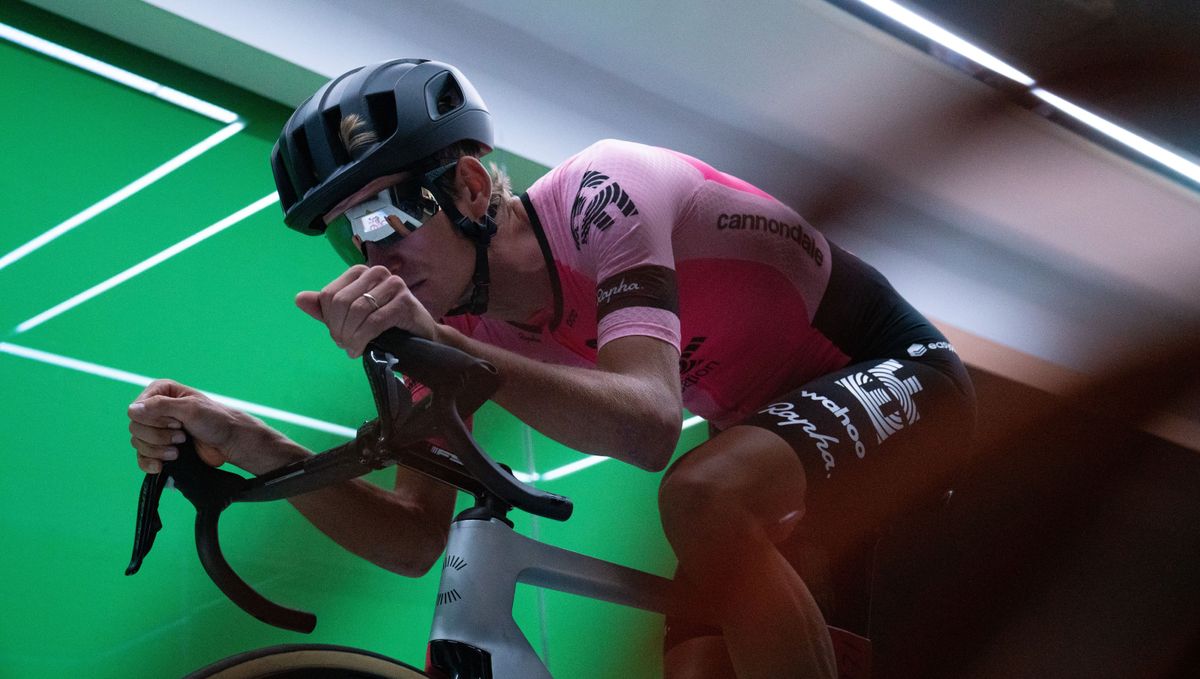The keen-eyed will have noticed a new POC helmet atop the heads of EF Education-EasyPost riders at the Tour de France and the Giro d’Italia Women.
It sat atop Richard Carapaz’s head when he took the yellow jersey on Stage 3 of the Tour; though curiously not for his stage win on stage 17.
POC has now officially launched it as the POC Cytal Carbon, its latest aero/vented helmet which sits alongside the Procen Air aero helmet in its pro-level helmet line-up.
When we took the Procen Air to the Silverstone wind tunnel, we found that it was the most aero of over 20 helmets that we tested, and could save 12.8 watts over the least aero helmet in the test, which happened to be the POC Ventral.
This new Cytal Carbon will no doubt replace the Ventral in the lineup, though we’re claiming no responsibility for its demise.
POC’s most ventilated helmet yet
POC claims that the Cytal Carbon offers a new approach to safety, aerodynamics and ventilation. The new helmet has been engineered in particular to promote ventilation and cooling, as POC points out that these are critical for performance.
As with many of the best aero helmet designs, the Cytal Carbon uses the Venturi effect to increase the speed of the airflow through the helmet and over the top of the rider’s head.
The latest race content, interviews, features, reviews and expert buying guides, direct to your inbox!
Key to this, says POC, is a carbon ‘wing’ incorporated into the helmet. It has a variable thickness and shape, which POC compares to an aircraft’s wing. It says that this creates pressure zones which increase air speed through the helmet and hence cooling.
The structural strength of the carbon element has also allowed POC to incorporate large air intakes – already a feature of many of POC’s helmets. This, it says, makes the Cytal Carbon the best-ventilated helmet in its range.
POC has used a mix of CFD modelling, wind tunnel testing and real-world testing by the pros to prove the design’s airflow credentials as well as its aerodynamics.
More aero too

POC says that the new helmet’s aero performance is better than its previous vented helmet designs too, particularly at higher speeds. That’s thanks to the large front openings enabled by the carbon shell, which POC says leads to air flowing through the helmet, rather than being blocked at its front.
Of course, a helmet’s main objective is to protect the rider’s head and the POC Cytal Carbon has achieved a five-star Virginia Tech safety rating. POC says that the density of the helmet’s EPS foam has been chosen to balance crash protection and low weight, although there’s no additional protection tech such as MIPS included.
With POC’s parallel sunglasses line, it’s also incorporated an ‘eyewear dock’, though our own wind tunnel testing found an aerodynamic loss when docking them up front.

The new helmet goes on sale immediately at poc.com as well as via physical and online retailers across most markets, although Asia-Pacific sales will be later this summer.
The three sizes accommodate head sizes from 50cm to 61 cm with a claimed weight of 250g for a size M.
The new POC Cytal Carbon helmet is available in black only (sorry to anyone wanting the team-only pink EF version), and is priced at $400 / £360 / €400 / AU$575.
Look out for our review coming soon on Cyclingnews.

